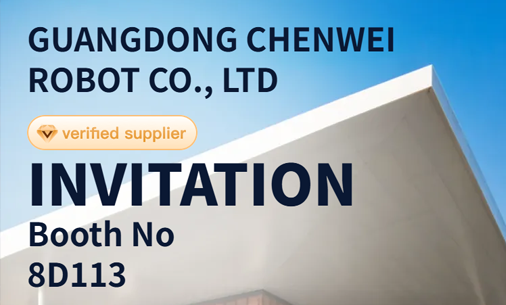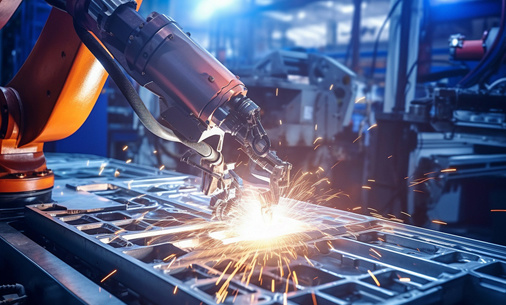The Future is Here: Application Prospects of Industrial Robot Bodies in Manufacturing
Release Time:
2025-01-23
Explore the application dynamics of industrial robot bodies in manufacturing, revealing their impact and opportunities for the future industry.
Introduction
In this rapidly changing era of technology, the rise of industrial robot bodies has undoubtedly brought significant transformations to the manufacturing industry. In factories, the buzzing of robots seems to have become a new symphony, and the efficiency on production lines is continuously improving. Are you ready to embrace this change?
Definition and Composition of Industrial Robot Bodies
First, we need to understand what an industrial robot body is. Simply put, it is the "skeleton" of the robot, the fundamental part that enables various complex movements. Generally, an industrial robot body consists of multiple joints, actuators, and sensors. The precise coordination of these components allows the robot to perform tasks such as welding, handling, and assembly.
Industry Trends: Opportunities and Challenges
In recent years, with the rapid development of artificial intelligence and Internet of Things technologies, the application of industrial robot bodies has gradually penetrated various industries. For example, in automotive manufacturing and electronic product assembly, robots have become indispensable productivity tools. However, despite the broad prospects, there are also some challenges within the industry.
Firstly, the rapid iteration of technology requires companies to be cautious when investing in equipment. Secondly, the widespread adoption of artificial intelligence has made some workers feel threatened. Balancing human-machine collaboration has become an urgent issue for corporate management. Sigh, this is really a headache!
Success Stories: Applications of Industrial Robot Bodies
Look at those companies that have successfully applied industrial robot bodies; they are truly impressive! For example, a well-known automobile manufacturer increased production efficiency by 30% by introducing advanced industrial robot bodies. More importantly, the stability of product quality was greatly improved, reducing losses caused by human errors.
There is also an electronics factory that achieved 24-hour uninterrupted production by flexibly configuring industrial robot bodies. This not only increased output but also significantly reduced labor costs, truly a win-win situation.
Future Outlook: The Potential of Industrial Robot Bodies
Looking ahead, the potential of industrial robot bodies should not be underestimated. With the popularization of 5G technology, robots will be able to achieve faster communication and data exchange, thereby improving production efficiency. In addition, the application of machine learning technology will enable robots to autonomously learn and adapt in complex environments, truly realizing intelligent manufacturing.
Imagine a future factory that is no longer a mechanized assembly line but an intelligent ecosystem. Industrial robot bodies coexist harmoniously with human workers, jointly driving a leap in productivity.
Conclusion
In summary, industrial robot bodies have become a key link in the transformation and upgrading of the manufacturing industry. Facing changes in industry dynamics, we must not only actively embrace new technologies but also continuously explore and innovate in their application. The future belongs to enterprises that dare to try new things. May we all ride the waves of this transformative tide.




